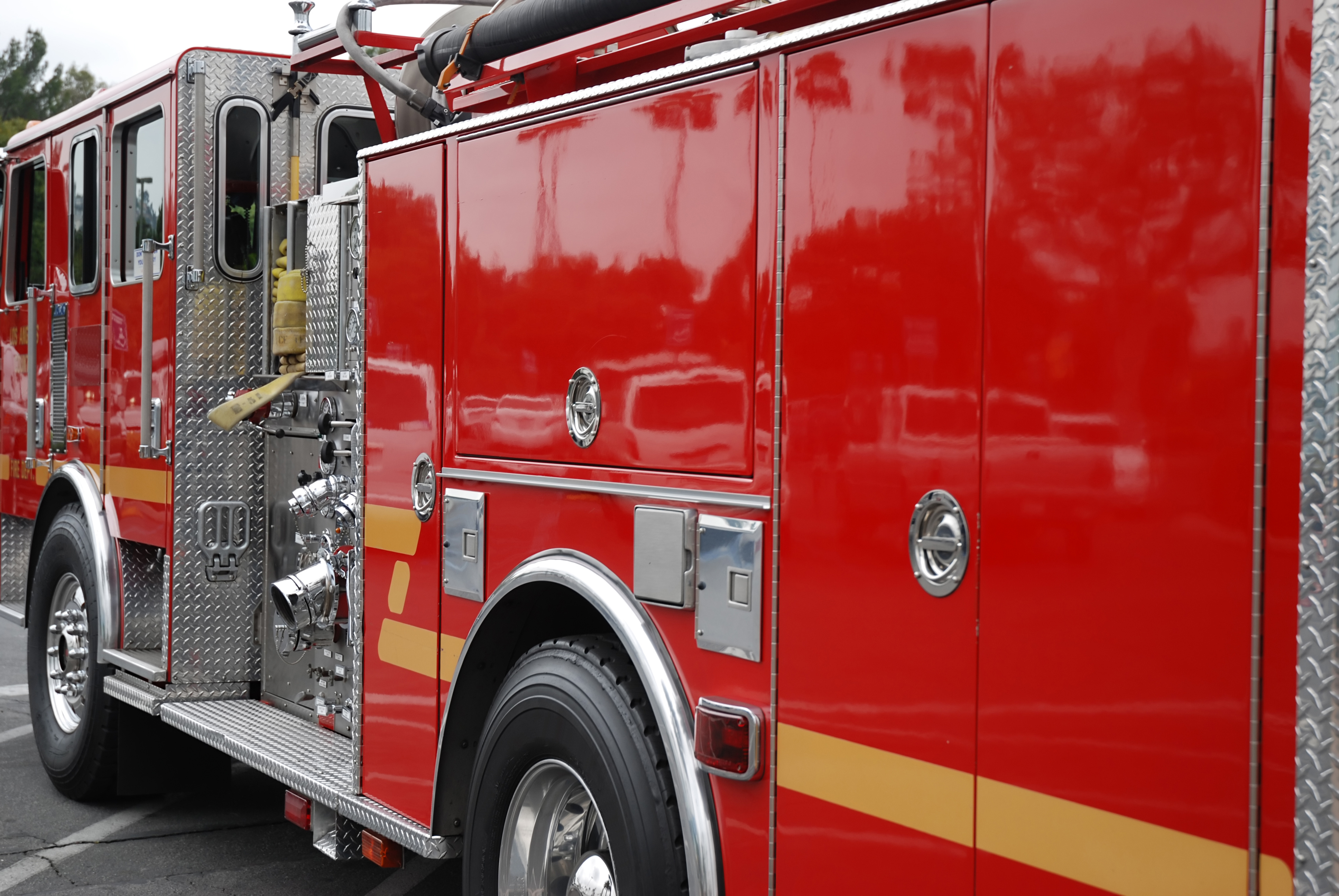With all of this heat, lots of folks will be flocking to the water to cool off. But are you prepared to respond if someone is drowning and loses signs of life?
NBC CT’S Caitlin Burchill is sure glad three nurses were this weekend when in a blink of an eye, a friend’s child was discovered floating lifeless in the water.
The three nurses nearby on the Cape Cod beach rushed to respond and resuscitated the three-year-old before he was flown to a Boston hospital.
Because of their action, they saved his life and he’s happy and healthy today.
Get Connecticut local news, weather forecasts and entertainment stories to your inbox. Sign up for NBC Connecticut newsletters.
When the seconds count, would you be ready to respond?
“Emergencies can happen everywhere. They often happen when you least expect it,” said American Red Cross Instructor Ed Saundry.
Local
He said reading this story is no replacement for a Red Cross CPR certification class where he can teach proper hand positioning, among other lifesaving techniques.
If you’ve been certified before, check the date. He said you should be recertified every two years, as techniques can change.
“CPR always starts with thirty chest compressions followed by two rescue breaths,” Saundry explains.
“I tell people to count out loud. Counting out loud actually helps you keep time with your compressions," he continued.
Plus, he said it can help other responders know where you are in the CPR cycle.
“A rescue breath should last around one second and make the chest begin to rise. I give one breath and let the chest fall and then I begin to give another breath,” he demonstrates.
Saundry explains you repeat this cycle until paramedics arrive, it becomes unsafe for you to be there, or best-case scenario, if there’s an obvious sign of life in the person.
Again, this story is no replacement for a CPR certification class, as there are key CPR differences for techniques to resuscitate infants, children and adults, among other factors. Click here to find classes taking place near you.
“You know, it takes a village to raise kids and we need to do it together. And so, we should all take CPR,” said Dr. Steven Rogers, who not only responds to kids in the emergency room, but also does research at Connecticut Children's Injury Prevention Center.
He said two inches of water is all it takes for a child to drown.
“This year alone, we've had drownings or near drownings in pretty much every body of water that you can think of including tubs. I've seen it in buckets," Rogers said.
As hot days are ahead, Rogers reminds parents to not rely solely on flotation devices - kids can still flip over and drown.
He said swim at a place with a certified lifeguard, but parents still need to always be responsible for their kids.
“It's all the unexpected stuff and that's why life jackets and supervision at arm's reach rules are still important, and maybe the hardest thing to do, but you know, for younger children they go under in seconds," Rogers said.
And here’s a method he employs when there’s a bigger gathering of adults and kids:
“What I recommend to my friends is you pass around a whistle, and you dedicate the lifeguard position, so somebody needs to be a lifeguard, somebody needs to be able to reach those kids if they go under, because seconds really do matter.”
The Red Cross has a free mobile first aid app, among others, you can download with step-by-step instructions for life threatening emergencies and instructional videos, too.
Plus, it can help you track down where the closest emergency facility is located. But don’t rely on this either when an emergency is underway, train ahead of time.



